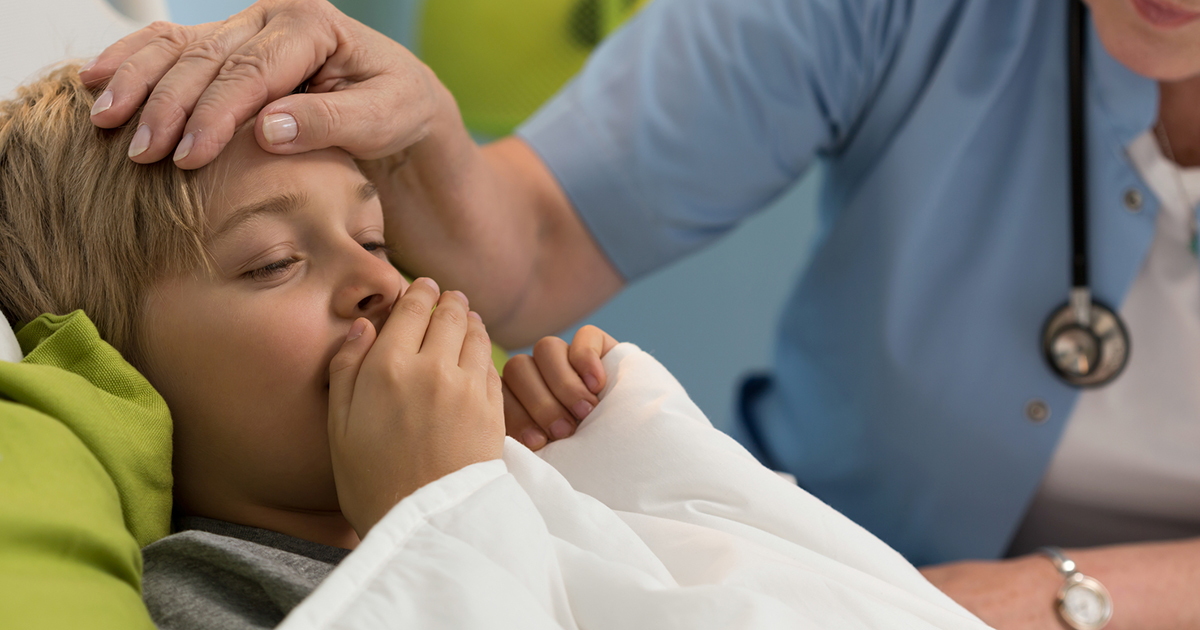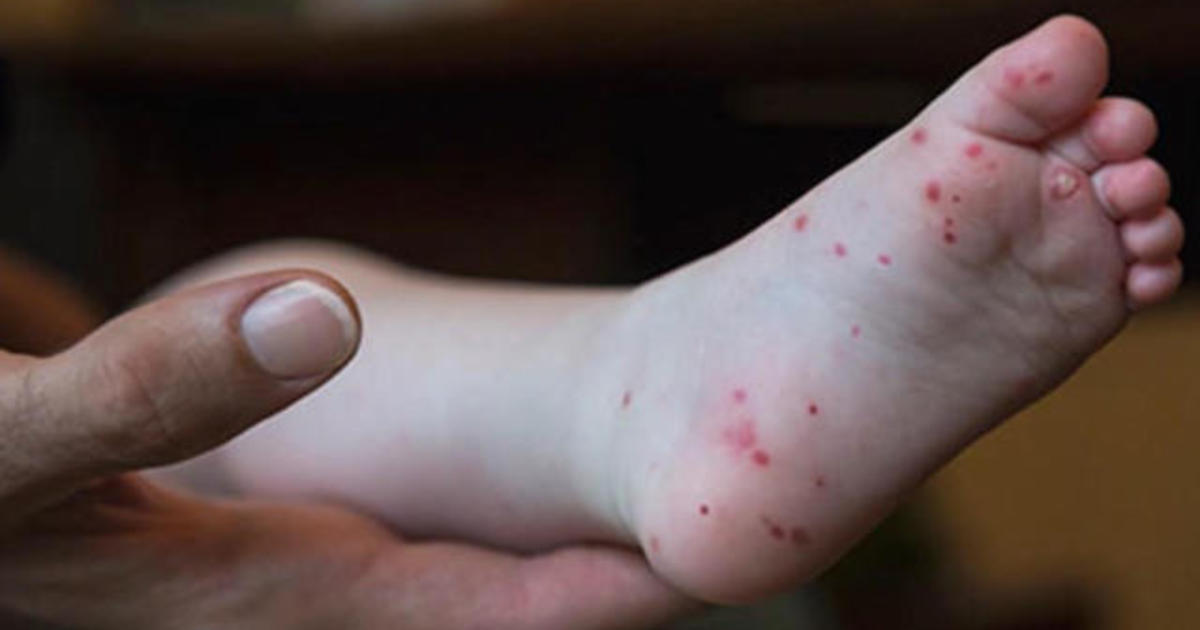The Most Common Childhood Illnesses
Though vaccines have lessened or eliminated many childhood diseases, there are still many that cannot be prevented. Childhood illnesses can be caused by bacteria, viruses, parasites, and fungi. Any disease-causing microbe is called a pathogen. Children and infants are susceptible to disease because they have an immature immune system, which means have not been exposed to or have not been inoculated against many pathogens. Children are especially prone to dehydration when sick because they have low body weight. If vomiting and diarrhea are present, it is essential to replace lost fluids. Preventing transmission of almost all diseases is a simple as washing one’s hands, staying away from sick people, and covering one’s cough or sneeze. Reveal the most common childhood illnesses now.
Chickenpox

Chickenpox is a common childhood ailment caused by the varicella-zoster virus. It is a highly contagious disease marked by a red, itchy rash on the back, stomach, and face that can quickly spread to all areas of the body. Fever, fatigue, and headache are other symptoms of this ailment. To limit rash symptoms consider using lemon balm for quick soothing relief. Once the body has developed antibodies for chickenpox, however, it has lifetime immunity against it.
Most cases can now be prevented with the introduction of the varicella-zoster vaccine in 1995. It is a weakened version of the chickenpox virus designed to stimulate the body’s immune system to build antibodies against it. The number of chickenpox cases has declined over ninety percent since it came into use. Complications of chickenpox include skin infections due to scratching. Other less common complications are pneumonia, encephalitis, sepsis, and dehydration. Those most susceptible to this disease and its complications are infants who are too young to be vaccinated, pregnant women, and individuals with weakened immune systems.
Gastroenteritis

Gastroenteritis is a common affliction for children that can be caused by viruses, bacteria, fungi, and parasites. Bacteria cause between seventy-five and ninety percent of cases while viruses cause ten to twenty percent. Parasites and fungi cause less than five percent of gastroenteritis cases. Gastroenteritis is a broad term that covers nearly any ailment of the digestive system including infections, appendicitis, and food allergies. Parasitic infections are easily distinguished because diarrhea will last up to two weeks. To treat and prevent nausea and diarrhea consider using Pepto Bismol Ultra for fast relief.
If vomiting or diarrhea is present, it is especially dangerous for small children. Since they have lower body weight, they can dehydrate faster than an older child or adult. This is the cause of most hospitalizations and death in children under age five. It is imperative to seek medical attention if an infant has a temperature of 100.4 degrees Fahrenheit or higher, or if a child over three months has a temperature of 102.2 degrees Fahrenheit or higher. For best results consider using Braun Digital No Touch Thermometer. Other reasons to seek medical help include extreme, unrelenting diarrhea or vomiting, or if the child cannot hold liquids down.
The Common Cold

Over two hundred different viruses cause the common cold, and nothing can prevent it. Rhinovirus is the most common cause and is spread by close contact with others. The risk of contracting a cold is highest in infants, individuals with weakened immune systems, and older adults. Colds are the most common in the fall and winter months. The first signs include congestion, sneezing, coughing, sore throat, and body aches. Symptoms are usually the worst after two to three days and subside by one to two weeks.
Use Vicks NyQuil and DayQuil to eliminate common cold symptoms. Complications can include hospitalization for babies who may have trouble breathing. Treatment is typically home remedies and rest, though sometimes medicine can help manage symptoms. Prevention includes frequent hand-washing, Purell Advanced Hand Sanitizer, and staying away from sick individuals.
Respiratory Syncytial Virus

Respiratory syncytial virus (RSV) is the main cause of bronchiolitis and pneumonia in children. Similar to the cold, RSV causes congestion, runny nose, coughing, sneezing, fever, and wheezing. These symptoms tend to happen in stages, rather than all at once, and usually last for about a week. RSV is transmitted by close contact with infected individuals and touching objects with the virus on it. Over-the-counter remedies can help alleviate some symptoms. Those most at risk of developing complications include premature infants, individuals with weakened immunity, and patients with heart or lung diseases. RSV is most common in the spring, fall, and winter. It can be prevented by covering sneezes and coughs with a tissue, washing hands frequently, and avoiding close contact with others.
Hand-Foot-Mouth Disease

Hand-foot-mouth disease, or HFMD, is commonly caused by the coxsackievirus, but can be caused by other viruses. It is most often found in children under age five and is extremely contagious. It is common in the spring, summer, and fall, and lasts for seven to ten days. Symptoms include fever, sore throat, mouth sores, red spots on the hands and feet, and reduced hunger.Over-the-counter remediescan help alleviate some symptoms. Though the name is similar, it is not the same and cannot be contracted from the animal disease, foot and mouth disease. Once a child has had HFMD, they are considered immune to that particular virus. However, they may still be able to contract it through one of the other viruses that cause it. Hydration is imperative when it comes to treatment.
